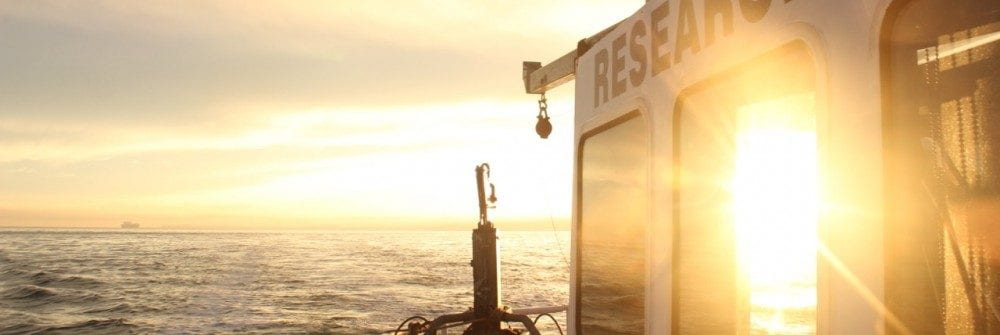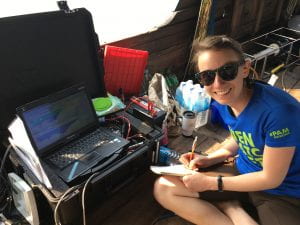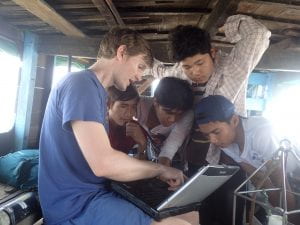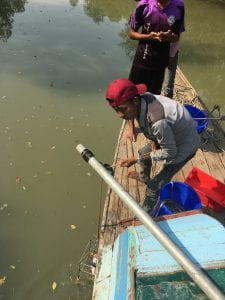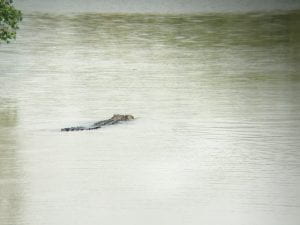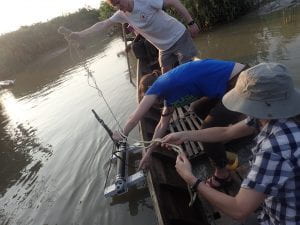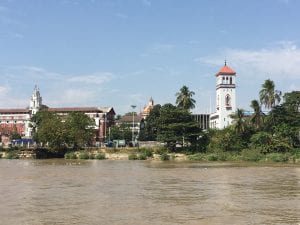Offshore mud sources and mangrove development on the coast east of the Amazon River mouth
UFPA (Universidade Federal do Pará) and UW are collaborating on a project to study the tide-dominated estuaries and extensive mangrove plains east of the Amazon River mouth. In a recently submitted manuscript, we examined the Caeté estuary to understand how the longest mangrove belt in the world was built by rivers which don’t supply much mud to the coast. Instead, the Amazon river plume and its shelf deposits are the likely sources of mud to the Caeté and nearby estuaries.
In the Caeté, complex dynamics in suspended sediment concentrations are related to superimposed variations in rainfall and local fluvial discharge (landward end) and seasonal dynamics of the shelf (seaward end). During the dry season and transitional periods, the estuary is importing mud from the shelf. Tidal processes result in sediment accretion on mangrove mud-flats. During the rainy season, rainfall-related runoff and fluvial discharge increase. Suspended sediment is transported to the lower estuary, where flooded barrier-island trap sediment in a newly-formed back-barrier environment. Our results reinforce the concept that sediment-transport convergence and turbidity maxima are distinctive features of tide-dominated estuaries, and these features result in sediment entrapment. For tropical coasts, sediment trapped by the ETM can be buried in adjacent mangrove forests. Our results may also show that local fluvial sediment sources are of secondary relevance compared to offshore sources.
